Current Ciborowski Lab Members
Below are the current students and researchers residing in the Ciborowski Lab. Under each name you will find a brief summary of the individual's project or duties.
Graduate Students
|
|
Ryan Boudens (Coadvisor Dr. Christopher Weisener)
M.Sc. Candidate (Great Lakes Institute for Environmental
Research)
Thesis Title: Chemical and biological
responses to gamma irradiation treatment of oil sands fluid fine tailings |
Project Summary: Exploitation of the
oil sands in northeastern Alberta has created large volumes of waste
materials termed fluid fine tailings (FFT). These materials are stored in
large settling basins to allow adequate separation of the oil sands process
water and the FFT. The separated water in these holding areas is used in
onsite bitumen extraction processing or in some cases allowed to settle
before reclamation into functional wetlands. A major concern is the
presence of naphthenic acids (NA); these are considered toxic and comprise
recalcitrant groups of carboxylic acids naturally released from bitumen
during the extraction process. To date several treatment options have been
investigated, ranging from chemical to biological and photo-catalysis
treatments. These treatments are designed to enhance the degradation process
and reduce the potential toxicity of NAs. A less explored treatment option
is gamma irradiation, used to break down complex, recalcitrant organics in
industrial wastewaters and contaminated groundwater. This treatment has two
potential benefits as it can suppress activity of microbes responsible for
greenhouse gas emissions and potentially can disrupt long chain hydrocarbons
in a manner similar to ozonation. My study will assess the development of chemical
REDOX gradients, and kinetic responses of indigenous microbes inoculated
into two gamma treated oil sand waste products (fresh and aged). My goal is
to track differences in chemical gradient structure and the effects of gamma
irradiation as a bacterial stimulus. This research will contribute to our
understanding of the biogeochemical processes of FFT treated with gamma
irradiation to degrade NAs and provide insight into our understanding of
the stability of recalcitrant compounds after gamma irradiation
|
|
Jeff Buckley
M.Sc. Candidate
Thesis Title:
Assessing the
accuracy of fish-based biological indicator models as indicators of wetland
condition at Great Lakes coastal margins using receiver-operator characteristic
curve analysis.
|
Project Summary:
Coastal
wetlands are an important component of the Great Lakes ecosystem, providing
services such as nutrient retention, disturbance regulation, and essential
aquatic habitat. However, they are at risk of degradation from human activities,
necessitating tools to measure the amount of anthropogenic stress. Biological
indicator models measure risks of disturbance and assess 'ecological condition'
based on the biological community. Although several fish-based biological
indicator models have been proposed for use in Great Lakes coastal wetlands none
have been well validated against independent data.
My
research is comparing several wetland fish biological condition models and
determines which can accurately and consistently indicate a wetland’s ecological
condition. Receiver operating characteristic (ROC) curve analysis is commonly
used in medicine and machine learning to evaluate diagnostic test accuracy.
Using data collected through the Great Lakes Environmental Indicator (GLEI)
project and through the Great Lakes Coastal Wetland Monitoring Consortium, I
derived ROC curves to determine whether these models are able to accurately show
the 'health' of a wetland. By objectively determining which models can best
indicate anthropogenic stress I will help researchers and decision-makers choose
tools to better manage and protect coastal wetlands.
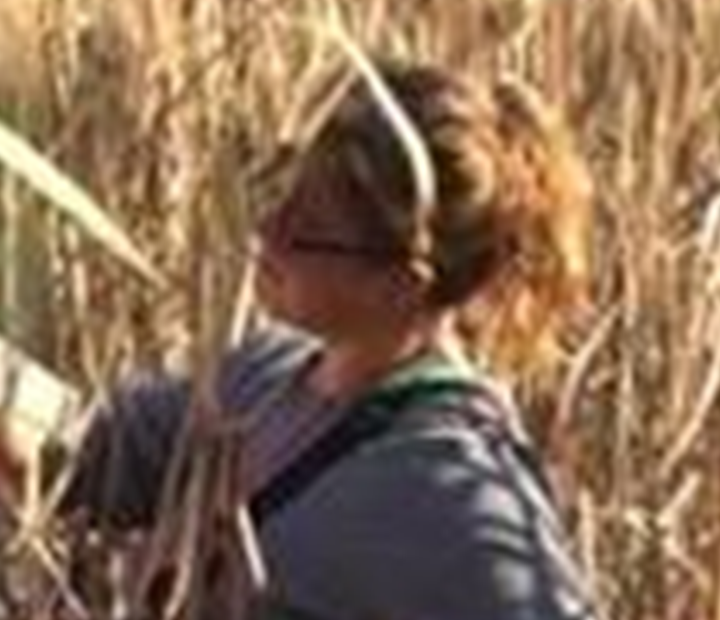 |
Chantal Dings-Avery
M.Sc. Candidate
Thesis Title:
Diversity and net ecosystem production in wetland community
mesocosms: Is gamma radiation effective at detoxifying naphthenic acids in oil
sands tailings water and sediment? |
Project Summary: Biodiversity is often
used as a measure of the successfulness of ecological restoration, but the
relationship between biodiversity and ecosystem function or services (the
benefits that ecosystems provide, such as carbon storage or regulating water
flow) is poorly understood. Within the Alberta oil sands area,
environmental regulations require that the post-mining landscape be as
productive as it was in its pre-industrial state. Two of the most prevalent
factors limiting aquatic invertebrates in the reclamation of Alberta oil
sands tailings ponds are high salinity and elevated levels of naphthenic
acids which are acutely toxic to many organisms. My research examines the
effectiveness of using gamma radiation in detoxifying the naphthenic acids
in mine tailings water and sediment. Although other treatments are in
development, methods such as ozone or ultraviolet light penetrate only
water. Water and sediment from three freshwater wetlands, three saline
wetlands and three tailings ponds were collected and placed in 68-L mesocosms. Materials placed in one-half of the mesocosms had been gamma
irradiated. I am monitoring the development of biodiversity and community
assemblages of colonizing aquatic invertebrates as a measure of biological
condition, and determining net ecosystem production as an ecological
service. My research will determine whether gamma irradiation is effective
at detoxifying tailings material and the extent to which this is reflected
in differences in productivity.
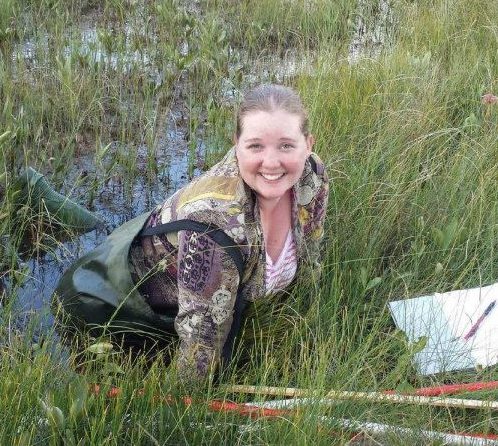 |
Kellie Menard
M.Sc. Candidate
Thesis Title:
Early community composition and
development of terrestrial and semi-aquatic invertebrate communities of
constructed fens in northeastern Alberta. |
Project Summary:
The objective of my research is to document
terrestrial and semi-aquatic invertebrate species composition colonizing a
recently-constructed boreal fen. Sandhill Fen (52 ha) is the first full-size
fen to be constructed in the post-mining landscape of an oil sands lease near
Fort McMurray, Alberta. My research documents the distribution of fauna of
saturated and upland areas of the fen as a function of soil moisture and
salinity, and habitat (herbaceous vegetation) diversity. I collected
invertebrates using vacuum sampling, pitfall traps, and sticky traps to sample
vegetation-and-soil-associated, surface-dwelling and flying fauna,
respectively. Local reference fens varying in productivity, hydrology and
vegetative community will be sampled for comparative purposes. In addition to
documenting factors associated with invertebrate biodiversity I will identify
species or assemblages that can serve as bioindicators of the ecological
condition of a reclaimed fen.
|
|
Jasmine St. Pierre
M.Sc. Candidate
Thesis Title:
Characterizing Cumulative Effects of Land-Use
Stress on Great Lakes Coastal Wetland Invertebrate Communities |
Project Summary:
Using data previously collected for the Great
Lakes Environmental Indicators collaboration, my research assesses how coastal
wetland macroinvertebrate communities are altered by the independent and
combined effects of multiple stressors – especially those related to agriculture
and urban development. Currently, it is unknown whether land-use stressors in
the Great Lakes basin act additively or non-additively in combination. That is
to say, is the combined effect equal to the sum of the individual effects? Using
the Reference-Degraded Continuum approach (Ciborowski et al. 2009), I quantified
changes in the invertebrate communities as a complex function of increasing
agricultural and developmental land-use stress. Our lab and other collaborators
sampled biota at Great Lakes coastal wetlands bordering watersheds ranging from
minimally affected by human activity (reference) to heavily urban and/or
developed (degraded). Macroinvertebrate community composition changes indicated
nonlinear reductions in biological condition with increasing extent of
agricultural and urban developmental stress-both independently and in
combination. Preliminary results indicated breakpoints in the biological
condition – environmental stress relationship which suggests that marked
thresholds exist between invertebrate community condition and cumulative
land-use stress. Agriculture and development in combination may exert
synergistic, rather than additive effects on coastal wetland invertebrate
communities. Understanding how human stressors affect aquatic ecosystems will be
very important for managing our freshwater resources in the future. Recognizing
the threshold values of anthropogenic stress will aid in recommending land use
protection/restoration priorities to prevent potentially permanent degradation
in biological condition.
Honours Undergraduate Thesis Students
 |
Manasi Hinge (Coadvisor Dr.
Andrew Hubberstey)
Thesis title:
Stress
responses of midge larvae (Chironomus riparius) to oilsands process water
- does gamma irradiation treatment reduce toxicity? |
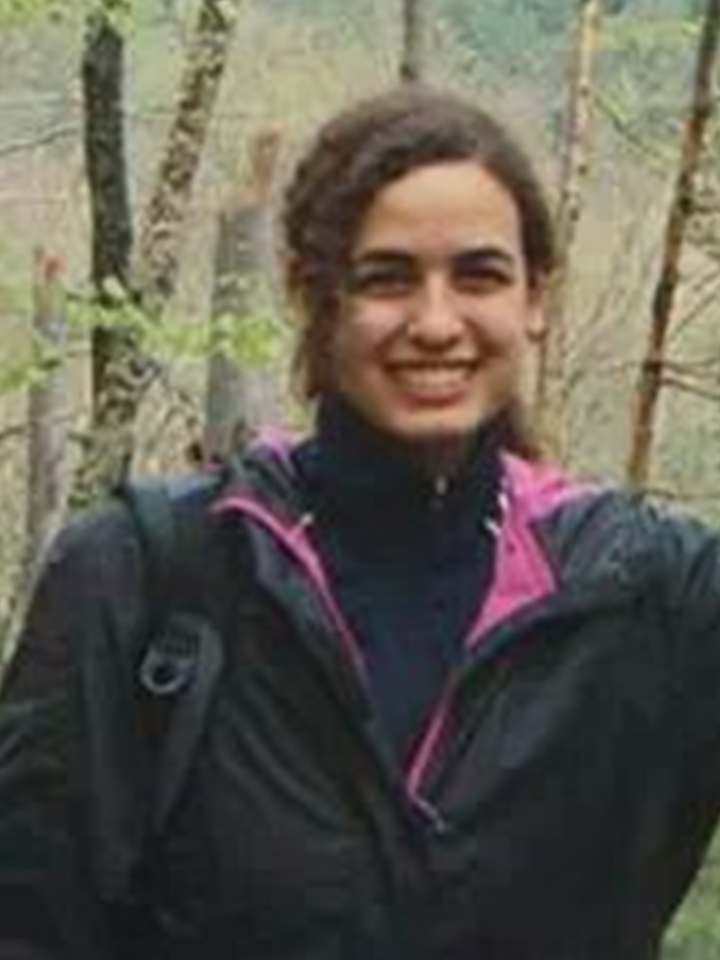 |
Celine Lajoie (Coadvisor Dr.
Katya Kovalenko)
Thesis title:
Combined influences of anthropogenic stress and wetland
hydrogeomorphic type on functional organization of aquatic invertebrate
communities.
|
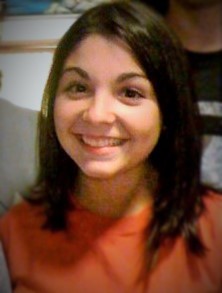 |
Jessica
Owen (Coadvisor Dr. Maria Cioppa)
Thesis title:
Predicting effects of climate change on aquatic
invertebrate assemblages in Great Lakes coastal wetlands.
|
Research Assistants
and Associates
 |
Lyndon Barr
Role: Lyndon joined the lab as a research assistant in January 2010.
Lyndon oversees training for new students in benthic sample
processing, sorting and zoobenthic identification, especially
projects relating to boreal wetlands in Alberta. He is especially
proficient in identification of chironomid larvae. Lyndon was also part of the
2010 Lake Erie Comprehensive Collaborative Survey (ECCS), helping to
coordinate field collections of benthos and nutrient samples aboard
the CCGS Limnos.
Lyndon manages laboratory cultures of aquatic invertebrates (Hexagenia,
Chironomus spp). |
|
|
Michelle Dobrin
Role:
Michelle is the lab's taxonomic expert and collections manager. Her primary responsibility is
overseeing the sorting and identification of aquatic invertebrates for various projects,
especially
the Great Lakes Coastal Wetland project, and zoobenthic surveys of Lake Erie.
She also assists in coordinating inventories and sample processing for our
boreal wetlands projects in northeastern Alberta. |
 |
Mitul Chouwdhury (Coadvisor
Dr. Yingming Zhao)
Role:
Mitul joined the lab in 2014
as data analyst working under the supervision of Dr. Yingming Zhao. He
is using the PRECIS statistical model to predict future Great Lakes climate
scenarios for the, using the PRECIS downscaling model to
interpolate General Circulation Model scenarios. The data will be used
to predict Walleye and Yellow Perch recruitment success,
especially in Lake Erie. |
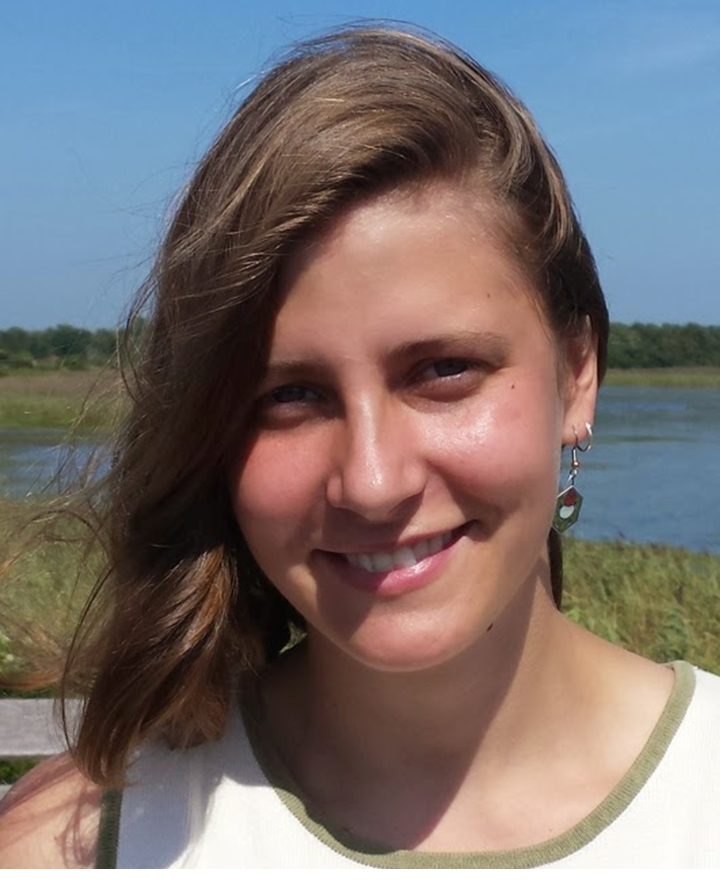 |
Angela Demarse
Role: Angela joined the lab in 2014 as an undergraduate researcher. She sorts
and identifies zoobenthic samples from the Great Lakes and Alberta
wetlands. Angela has also collected Lake Erie zoobenthos samples aboard
the CCGS Limnos.
|
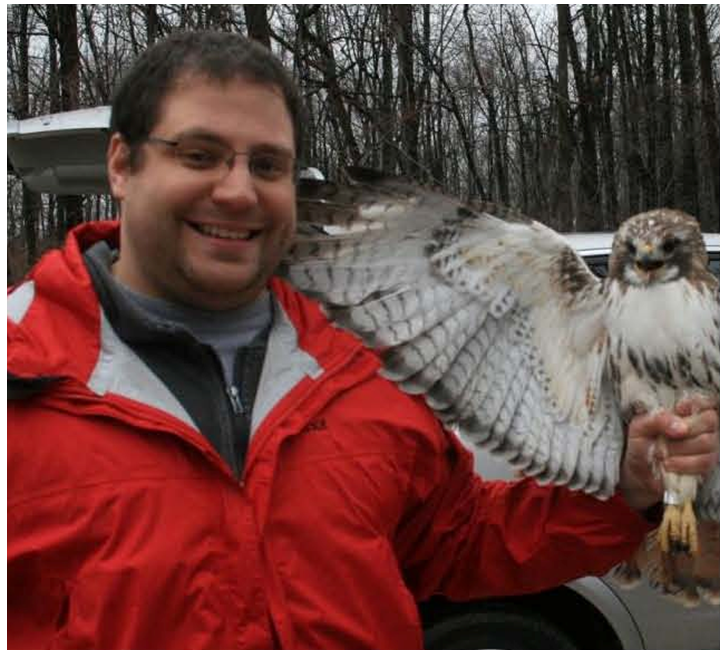 |
Jesse Gardner Costa
Role:
Jesse joined the lab in fall 2010 as a research assistant. He
oversees and leads several Great Lakes field-based projects, including
habitat mapping using ROVER (with Severn Sound Environmental
Association), studies of nutrient loading and Microcystis
distribution in Lake St. Clair and the Detroit River (with Environment
Canada). Jesse also assists in coordinating and organizing meetings and
events of the Lake Erie Millennium Network. |
 |
Curtis Makish
Role:
Curtis joined the lab in fall 2012 as a summer research assistant,
assisting with fieldwork for the Great Lakes Coastal Wetland Monitoring
project. Curtis oversees inventories and condition of our field
vehicles, vessels and equipment. |
 |
Jordan Ridout
Role: Jordan joined the lab in 2012
as a workstudy student. This summer and fall, he has continued to work on
data entry and on processing and identifying aquatic invertebrates
samples for various projects. |
|
|
Li Wang
Role:
Li joined the Ciborowski Lab in 2006 as a research assistant and lab manager.
Her primary responsibilities is in GIS mapping, spatial analysis, database
management (both Great Lakes and Fort McMurray projects), and general lab
management. Li has worked on various Great Lakes projects, including the Great
Lakes Coastal Wetland Monitoring Project, Lake Erie Binational Habitat Mapping
Project, ECCS, and Lake Erie total phosphorus concentration mapping, etc. She
has also worked on spatial analysis for ROVER data that collected from Severn
Sound and Lake St Clair. |
Lab Photos - coming soon
|

